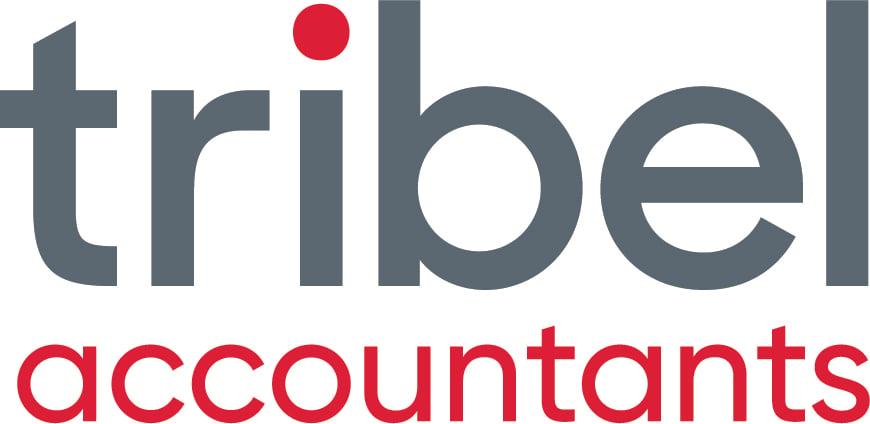INTRODUCTION
As a small business accountant and business valuer, we know what a prospective purchaser will look for as part of due diligence when determining whether to buy your business.
In this blog, I would like to look at customers and how having the right customer mix can reduce risk and therefore allow you to ask for a much higher small business valuation.
So which customer traits should you avoid when trying to achieve the maximum sales price for your business?

Figure1: Souths or Saints? What does your customer base look like?
1. Customers that represent more than 5%
It's quite ok to have customers that represent more than 5% of your total revenues. However, be aware that if you are going to sell, your price will be discounted depending on how much a few customers make up the majority of your income. Naturally, if some of these clients were to leave (e.g. be bought out, close down or find another supplier), this could have a massive impact on the bottom line and hence the risk factor would see a lower multiple in most cases for your sale price.
Review your annual sales and determine whether you have too much customer reliance. Consider boosting revenues by getting more customers over time so that the percentage becomes lower. You could consider targeting higher spend customers to dilute the concentration or just get more of the smaller ones.
2. Customer spending trends over the past 3 years that are declining
If you were to review customer spending trends for the past few years, are they stable, increasing or declining? Go into your accounting system (e.g. Xero uses a report Income by Contact) and print off the report so you can go down through the spend by customer for the past three years.
What do you see? If it is negative, what are the reasons and can these be fixed?

Figure 2: Analysing your customers can increase your business valuation and get you through due diligence.
3. falling numbers of customers
If you have a business that is showing a gradual decrease in the number of customers, does this mean the business is on the way out?
A trend for the past 3 years will give you an idea on what is occurring. If there has been a strategy to have less customers but with a higher spend due to better profitability, this can be explained to any potential buyer. If this is not part of strategy, you should try to stem the flow of people 'voting with their feet'.
4. Loss of major customers in the last 2 years
Business valuers Sydney should never value a business on past results alone and neither will those performing due diligence.
If there have been losses of major customers recently, this could lead to much lesser profits going forward if they cannot be replaced.
This is similar to point 1, but are you looking after your major clients or are you just taking them for granted?
A potential buyer will look for recent losses of major customers and recent acquisitions. Naturally it is better to not only have more acquisitions than losses but having a history of retaining customers will make a buyer feel more comfortable about a business rather than one that has low customer retention periods.
5. Average dollar spend per customer dropping
This is a great exercise to go through and can also be part of your one page strategic business plan when looking at your growth equation.
What is the average spend per customer? Is it going up or down? More importantly why?

Figure 3: Do you know your customer base?
6. segment declines between price, new customers, product AND demand
This one might take a bit of work but will give you good business intel. If you monitor this information and you can get it to be positive, it will be a great one to show anybody who is doing a due diligence or business valuation Sydney on your business when selling.
CONCLUSION:
How well do you know your customer base? Even if you are not looking to sell, going through the above 6 points will not only be interesting reading for you but there may just be some hidden 'gold' that will allow your business to thrive and become the envy of any potential competitor!


.png?width=100&height=100&name=COVID_Safe_Badge_Digital%20(002).png)




